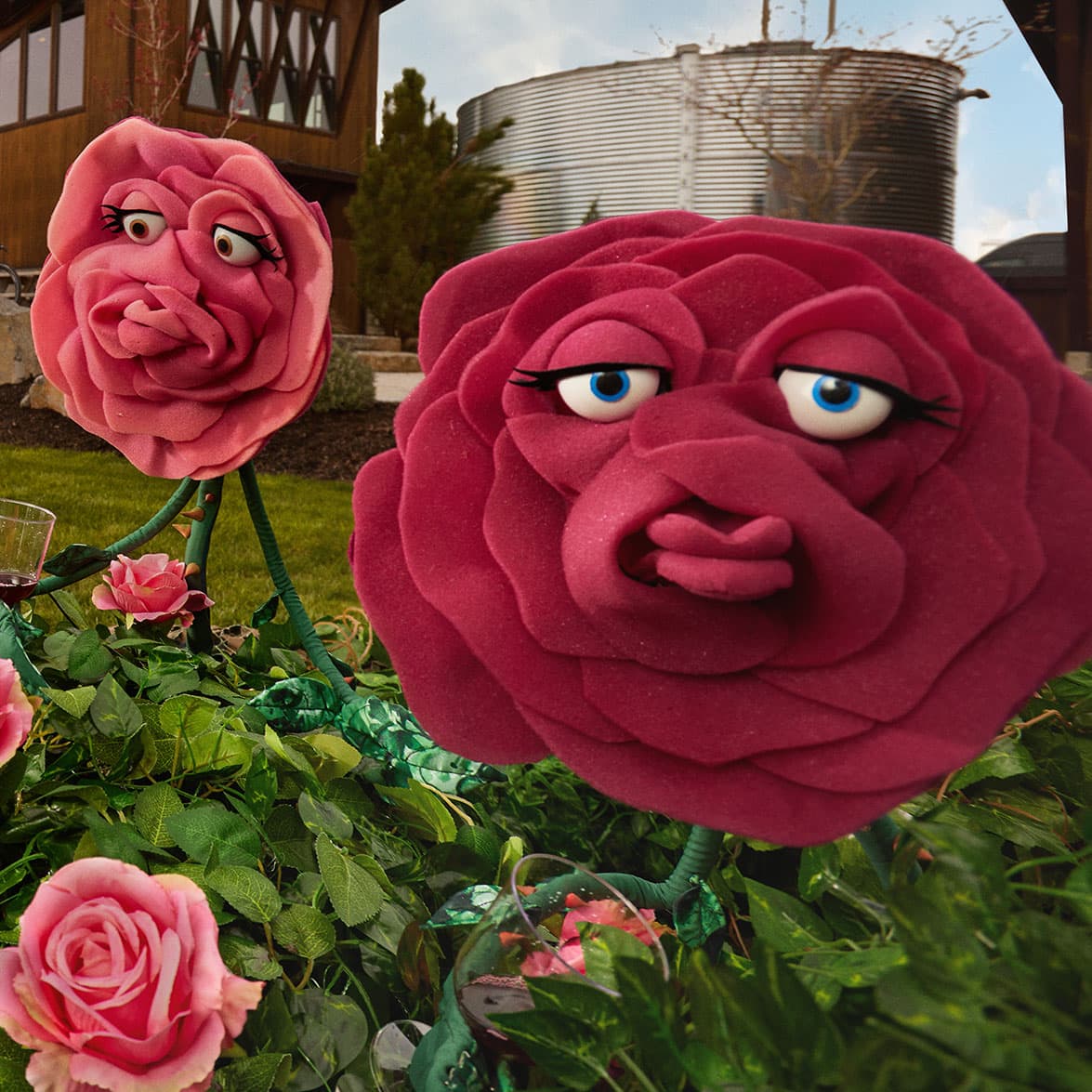When you look at the deep blue waters of Crater Lake up close, it’s pretty easy to see why it’s one of the 7 Wonders of Oregon. Here’s how to take a trip around Southern Oregon to see it for yourself:
Crater Lake: Formed by the collapse of an ancient volcano Mt. Mazama, Crater Lake is the deepest lake in America, leaving all who visit its waters in awe. There are many different ways to see the lake. You can bike or drive the 33-mile rim drive, hike up to the top of a fire lookout tower or down to the water below. You can take a boat tour of the lake in the summer, or cross-country ski or snowshoe your way around the rim in the winter.
The Oregon Shakespeare Festival: Between February and November each year, Ashland hosts 11 plays at the Tony Award-winning Oregon Shakespeare Festival. Ashland itself is also home to more than 20 art galleries and is surrounded by wineries in the Rogue and Applegate valleys.
Oregon Caves National Monument: The Oregon Caves is one of the few marble caves in the world. Hike on trails in a remnant old-growth coniferous forest, or go below ground to visit an active marble cave created by natural forces over hundreds of thousands of years. You can even stay the night in the five-story wooden Oregon Caves Chateau, built in 1934.
The Rogue River: One of the original eight rivers in the nation to be protected by the Wild and Scenic Rivers Act of 1968 for its “outstandingly remarkable values,” the Rogue River today is home to some of the best rafting, fishing, kayaking, camping and hiking you’ll find in Oregon.
Getting there: Take the scenic route to Crater Lake. The Volcanic Legacy Scenic Byway circumnavigates the lake on Rim Drive, then passes through the historic town of Klamath Falls, where you’ll find a treasure trove of Western history at the Favell Museum and bird watching at the wildlife refuges that make up the Klamath Basin National Wildlife Refuge Complex.
